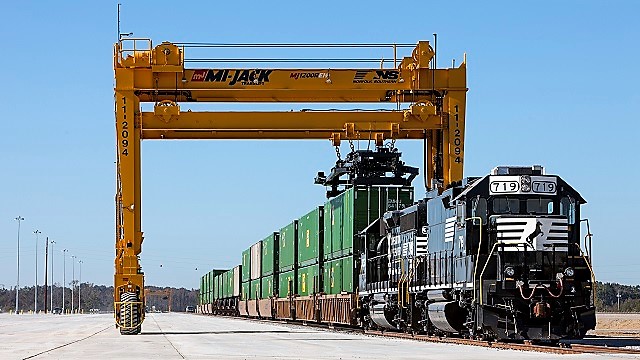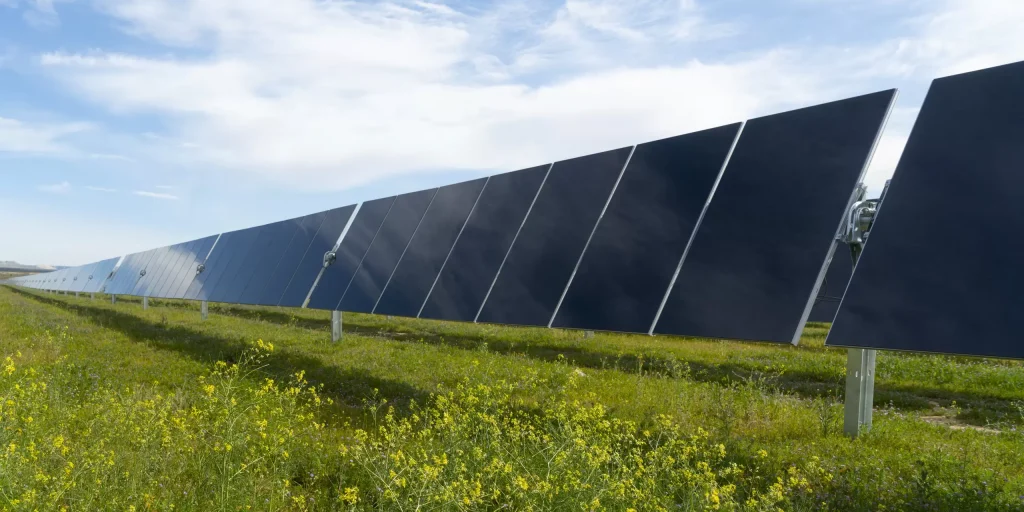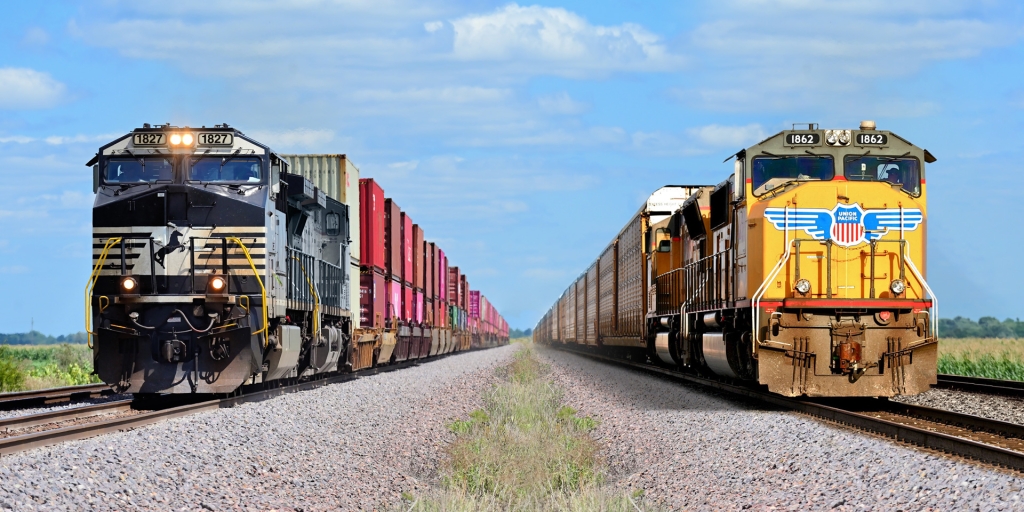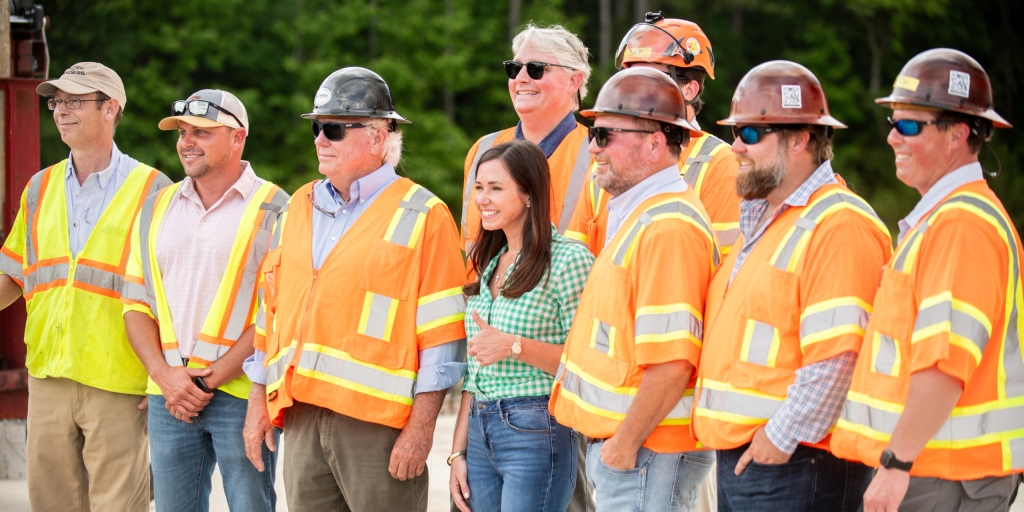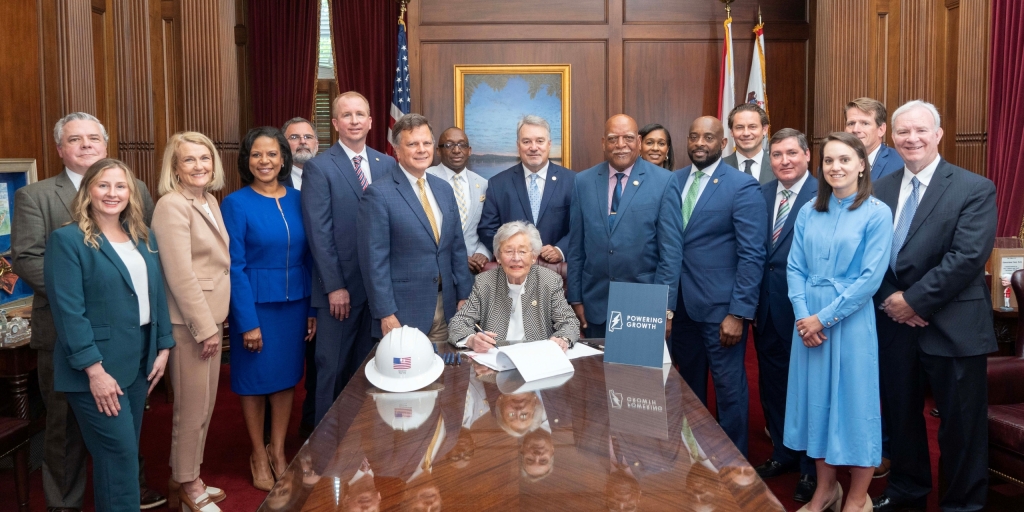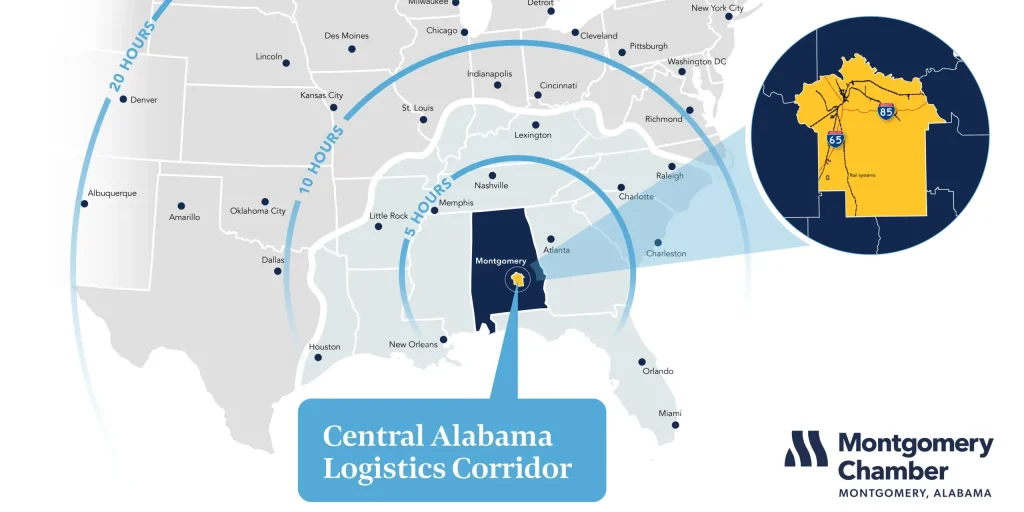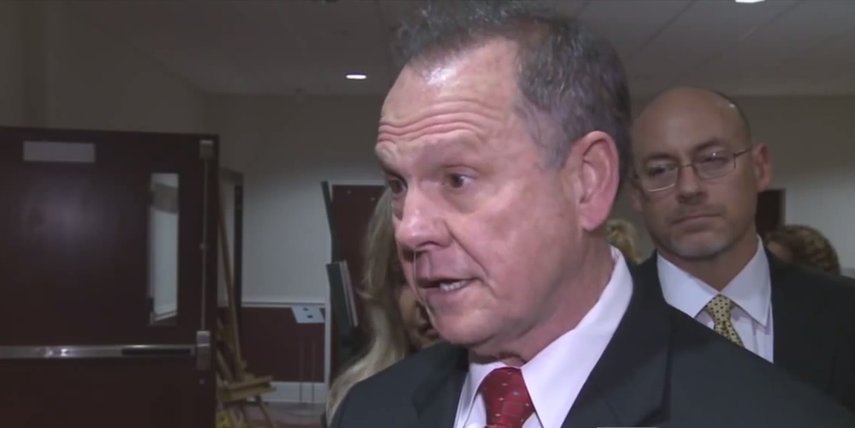Officials have been saying for decades that Alabama needs to better fund improvements to its infrastructure but a report from the University of Alabama adds new urgency to the issue, saying the state risks losing ground in economic development if it doesn’t address some key areas.
The report, “Logistics Infrastructure: Transformational Opportunities,” from the university’s Culverhouse College of Business, was co-authored by K.C. Conway, director of research and corporate engagement at the Alabama Center for Real Estate (ACRE) and Stuart Norton, research coordinator at ACRE.
Conway said there is one inescapable conclusion.
“If we invest in our logistics infrastructure, we will really continue to grow this great economy in Alabama,” he said.
If not, the state will lose ground to competing states that are addressing their logistics infrastructure needs.
Alabama’s logistics infrastructure found lacking in new report from Alabama NewsCenter on Vimeo.
The report has nine key takeaways:
- The logistics infrastructure (LI) needs are compelling, with 4.1 million miles of public roads requiring maintenance, 1.2 billion hours of annual delays for the trucking industry, a 17-fold increase in annual spending required to maintain railroads, and e-commerce warehouse demand growing from less than 5 percent of industrial leasing a decade ago to 20 percent today.
- A horseless-carriage supply chain from the 1950s cannot support a modern e-commerce supply chain that is growing 25-30 percent per year because the age and state of Alabama’s existing infrastructure is inhibiting future economic and real estate development, forcing existing industry to relocate toward destinations that have modern LI.
- “Build the Logistics Infrastructure and development will come” is not a cliché − it is transformational logistics in action. Retail, distribution and manufacturing businesses are at risk of leaving cities and states that don’t invest in LI and update aging infrastructure.
- LI is driving the “why” and “where” decisions for commercial real estate development, such as the new Amazon fulfillment center being built in Bessemer or the Walmart regional distribution center at the state port in Mobile.
- The ongoing shift toward online retail will result in fewer physical stores, with the tradeoff being will be many new fulfillment centers and warehouses aligned with new LI. Statistics show e-commerce fulfillment centers will displace one-third of America’s 1,100 malls in a few years.
- The development metrics by the major commercial real estate brokerages suggest a boom is ahead for new industrial warehouse development due to e-commerce. Demand still exceeds supply resulting in another 800,000 to 1 billion square feet of new development across the U.S. over the next three years.
- Margins for online-shop-and-deliver do not beat shop-and-take-home, but retailers will not reverse course, instead doubling down on technology and LI to get the margins right.
- Reliance on the federal government to fund LI for port projects, rail, intermodal or needed supply chain components is too lottery-like a strategy to fund our economy’s circulation system. Of the billions of dollars available annually to fund our ports and inland waterways via the Harbor Maintenance Trust Fund, only 10 percent of yearly balances are distributed to ports.
- The time has come to rank our North American ports based on a more dynamic method than the current single variable of 20-foot equivalent unit (TEU) container count. A model that calibrates factors like port depth, Class I rail connectivity, number of PPMX Gantry Cranes, usage by shipping alliances, and the like should be used.
ACRE is releasing the report as a resource for officials to consider as they will likely take up an infrastructure funding bill in the Legislature in this year’s session, which begins next month.
The report doesn’t go into funding methods or taxation, but only points out the needs that exists. Unlike past reports that focused on road and bridge construction and maintenance, this report looks at overall logistics infrastructure, bringing into account railways, the Alabama State Port Authority and more.
“When we debate this next year about what do we do with logistics infrastructure, there is something in it for everybody,” Conway said. “It’s not just certain locations and certain communities are going to benefit from a new road or a bridge. Everyone has a stake in it.”
Jim Page, president of the West Alabama Chamber of Commerce and chairman of the Alliance for Alabama’s Infrastructure, also sees infrastructure as a key economic development issue for the state.
“This is such a major topic for Alabama for us to maintain our economic competitiveness, but in the future, we’ve got to be competitive with our sister Southeastern states, many of whom have already addressed this issue,” Page told Alabama NewsCenter in August. “We think it’s imperative in the 2019 legislative session that we finally address this issue for the first time since 1992.”
Alabama Commerce Secretary Greg Canfield told the state’s economic developers last month that an infrastructure bill will be a focus in the upcoming legislative session.
“We’ve had great success in bringing great companies into the state,” Canfield told Alabama NewsCenter after addressing the Economic Development Association of Alabama. “That, in turn, means that there’s an awful lot of products and goods and supplies and raw materials that have to flow in and out of our state. We’ve got to be able to accommodate that by having the best roads and bridges we can.”
Jim Searcy, EDAA executive director, took it a step further.
“We’ve been very neglectful in the state for decades and it is starting to impact companies’ consideration of Alabama as a location,” Searcy said. “Until we can show a plan and the resources to execute that plan, then I think we are going to be at a disadvantage in the economic development process.”
(Courtesy of Alabama NewsCenter)




